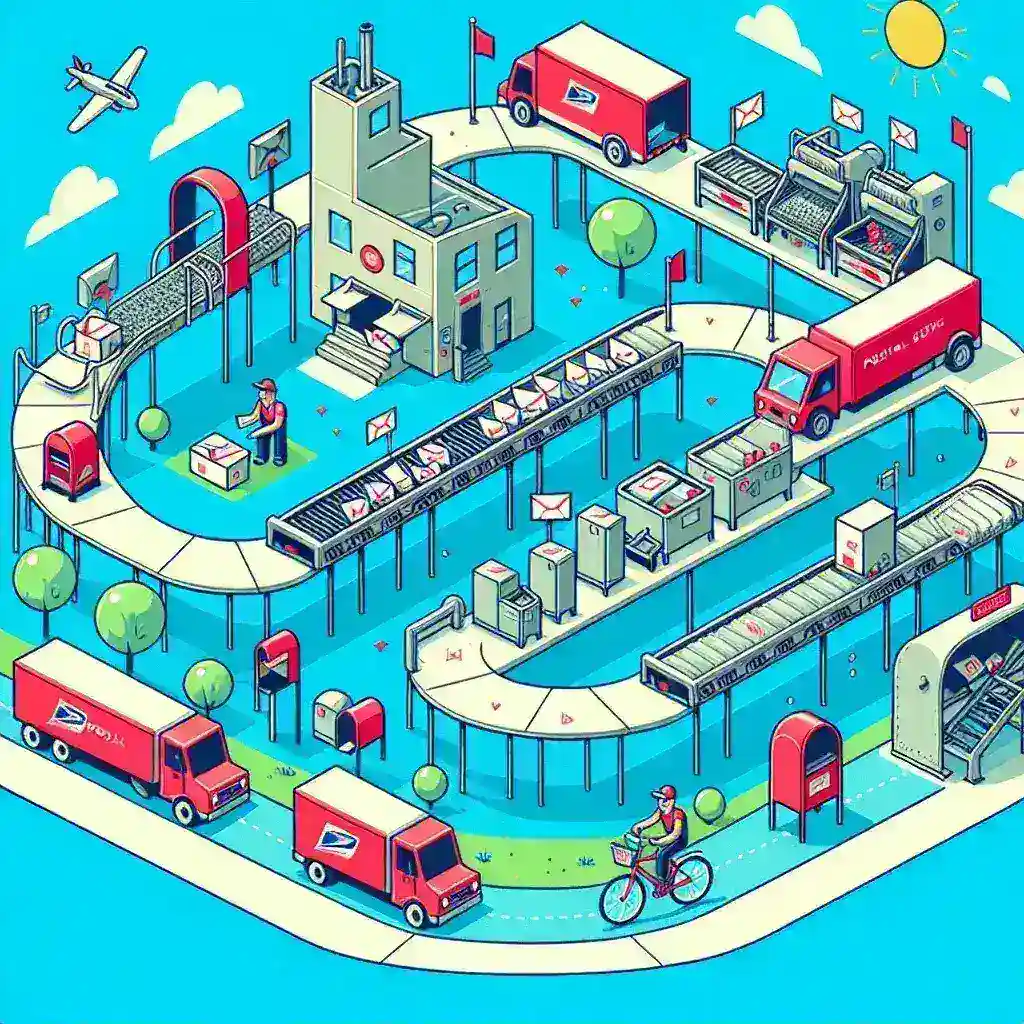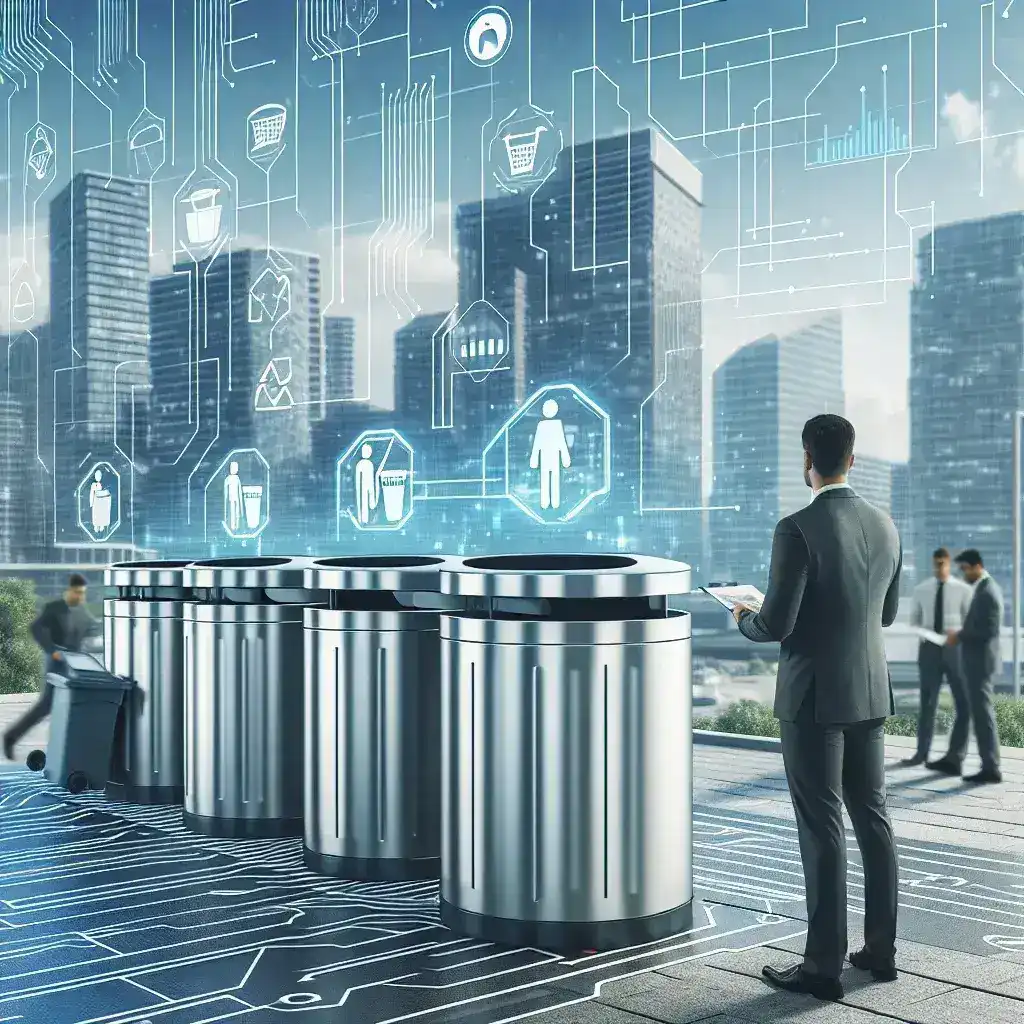Introduction
The United States Postal Service (USPS) has been a cornerstone of American communication since its inception. As a federal agency responsible for providing postal services in the United States, USPS plays a vital role in connecting people, businesses, and communities. This article explores the history, services, and future of USPS, shedding light on its significance and what is next for this iconic institution.
History of USPS
Established on July 1, 1971, the USPS has a rich historical background that dates back to the founding of the country. The Postal Act of 1792 marked the beginning of a formal postal service, which was aimed at ensuring that all citizens had access to mail delivery. Over the years, USPS has undergone significant transformations to adapt to changing technologies and societal needs.
Key Milestones
- 1792: Introduction of the Postal Act, creating a structured postal service.
- 1863: The first postage stamp is issued, revolutionizing mail payment.
- 1971: USPS is established as an independent agency, separating from the Cabinet-level Post Office Department.
- 2006: The Postal Accountability and Enhancement Act is enacted, requiring USPS to pre-fund retirement health benefits.
Services Offered by USPS
USPS provides a wide range of services that cater to the diverse needs of its customers. From standard mail delivery to specialized shipping options, here are some key services:
1. Mail Services
- First-Class Mail: The fastest way to send envelopes and lightweight parcels.
- Priority Mail: Guaranteed 1-3 day delivery with tracking options.
- Media Mail: Affordable shipping for books and educational materials.
2. Shipping Solutions
- Priority Mail Express: Overnight delivery service for urgent items.
- International Shipping: Options for mailing items globally with various delivery speeds.
- Parcel Select: A cost-effective solution for bulk shipments.
3. Additional Services
- Tracking: Real-time tracking for packages sent via USPS services.
- Insurance: Coverage for lost or damaged packages.
- PO Box Services: Secure mailing address options for customers.
The Role of USPS in Modern Society
In a digital age where emails and instant messaging dominate communication, the role of USPS remains crucial. It continues to serve millions of Americans by providing reliable mail delivery, especially in rural areas where other services might not be available. Furthermore, USPS contributes to the economy by facilitating e-commerce, which has become increasingly important in recent years.
Statistics on USPS Impact
To understand the influence of USPS, consider the following statistics:
- In 2022, USPS delivered over 130 billion pieces of mail.
- It employs approximately 630,000 individuals, making it one of the largest employers in the United States.
- USPS operates over 30,000 retail locations across the country.
Challenges Faced by USPS
Despite its indispensable role, USPS faces several challenges that threaten its sustainability:
1. Financial Struggles
USPS has grappled with financial losses in recent years, exacerbated by declining mail volumes and the pre-funding mandate for retirement benefits. These financial constraints hinder its ability to modernize services and infrastructure.
2. Competition from Private Carriers
The rise of private delivery services like UPS and FedEx has intensified competition, particularly in the package delivery sector. This competition has compelled USPS to innovate and find ways to remain relevant.
3. Technological Advancements
As technology evolves, USPS must adapt to meet changing consumer expectations. This includes investing in digital solutions and improving delivery efficiency.
Future Predictions for USPS
The future of USPS is a topic of much debate and speculation. Some potential developments include:
1. Embracing Technology
USPS is expected to invest more in technology to enhance operational efficiency. This may include automation in sorting facilities and improved tracking systems for customers.
2. Diversification of Services
To remain competitive, USPS may expand its service offerings, such as introducing new shipping options or enhancing existing services to cater to e-commerce businesses.
3. Sustainability Initiatives
With increasing concerns over climate change, USPS is likely to implement more environmentally friendly practices, such as using electric vehicles for deliveries and reducing energy consumption in its facilities.
Conclusion
The United States Postal Service stands as a testament to the evolution of communication and logistics in America. Despite facing numerous challenges, its commitment to serving the public remains unwavering. As USPS navigates the complexities of the modern world, it is poised for transformations that could redefine its role in society. Understanding the history, services, and challenges of USPS provides valuable insights into its significance and what lies ahead for this vital institution.


